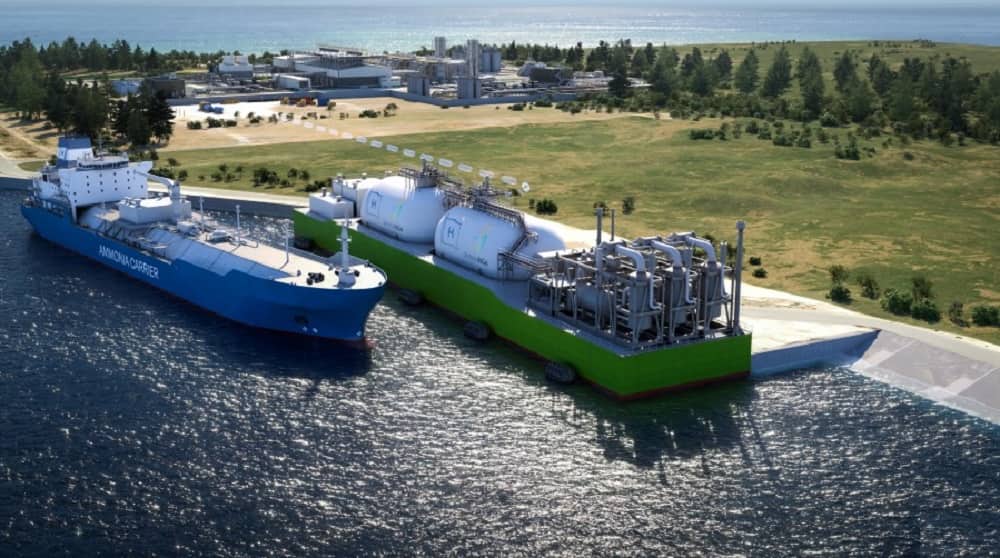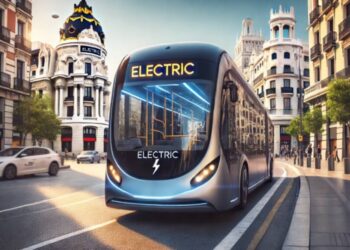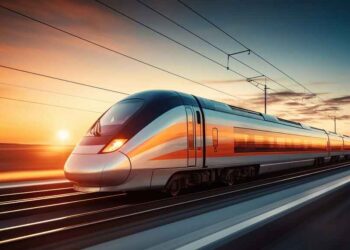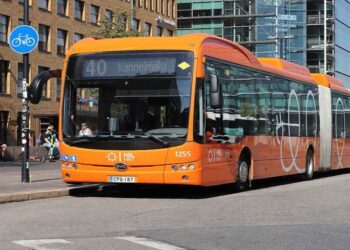Höegh LNG has signed an agreement with Deutsche ReGas, a mid-sized company in the European energy infrastructure sector and operator of privately financed LNG-terminals in Germany, to realize the “H2-Import-Terminal Lubmin”.
The terminal will be the world’s first floating green ammonia cracker, producing around 30,000 tons of hydrogen per year that will be fed into the hydrogen core network via the existing feed-in point at the Deutsche ReGas Terminal in the port of Lubmin.
The green ammonia cracker technology embedded into the barge solution has been developed by Höegh LNG and serves as an industrial pilot for the conversion and decarbonization of FSRU’s in Germany. Deutsche ReGas will provide the on-shore terminal infrastructure, the overall coordination of the entire project, including permitting and the marketing of the import-capacities at the terminal.
Erik Nyheim, CEO in Höegh LNG: “Importing hydrogen from global producers overseas is key to achieving industrial decarbonization. By adapting existing marine infrastructure elements with our innovative cracking solution, we can provide access to cost-competitive hydrogen within the next few years. The expertise, technology and infrastructure elements are already existing, and we are excited to partner with Deutsche ReGas to realize this project and accelerate the energy transition in Germany.”
Ingo Wagner, managing director of Deutsche ReGas: “Our agreement with Höegh LNG initiates a significant new chapter in both Germany’s energy transition strategy and our company’s development. Thus, our H2-Import-Terminal Lubmin is a key building block for decarbonization of the industrial regions of eastern and southern Germany. The H2-Import-Terminal Lubmin strengthens Mecklenburg-Western Pomerania’s position as a green energy powerhouse. We are excited about this next step in our cooperation with Höegh LNG”.


































